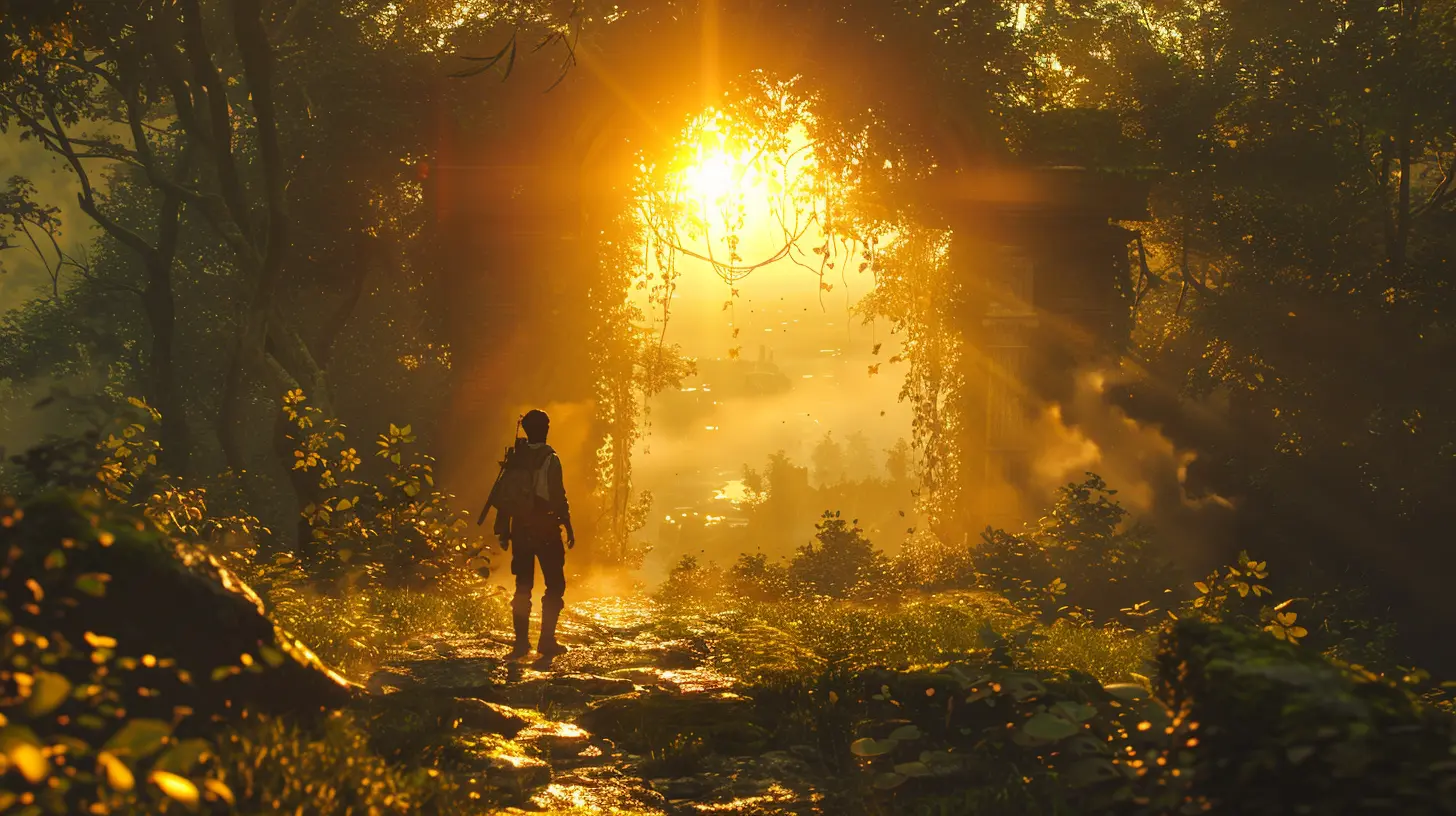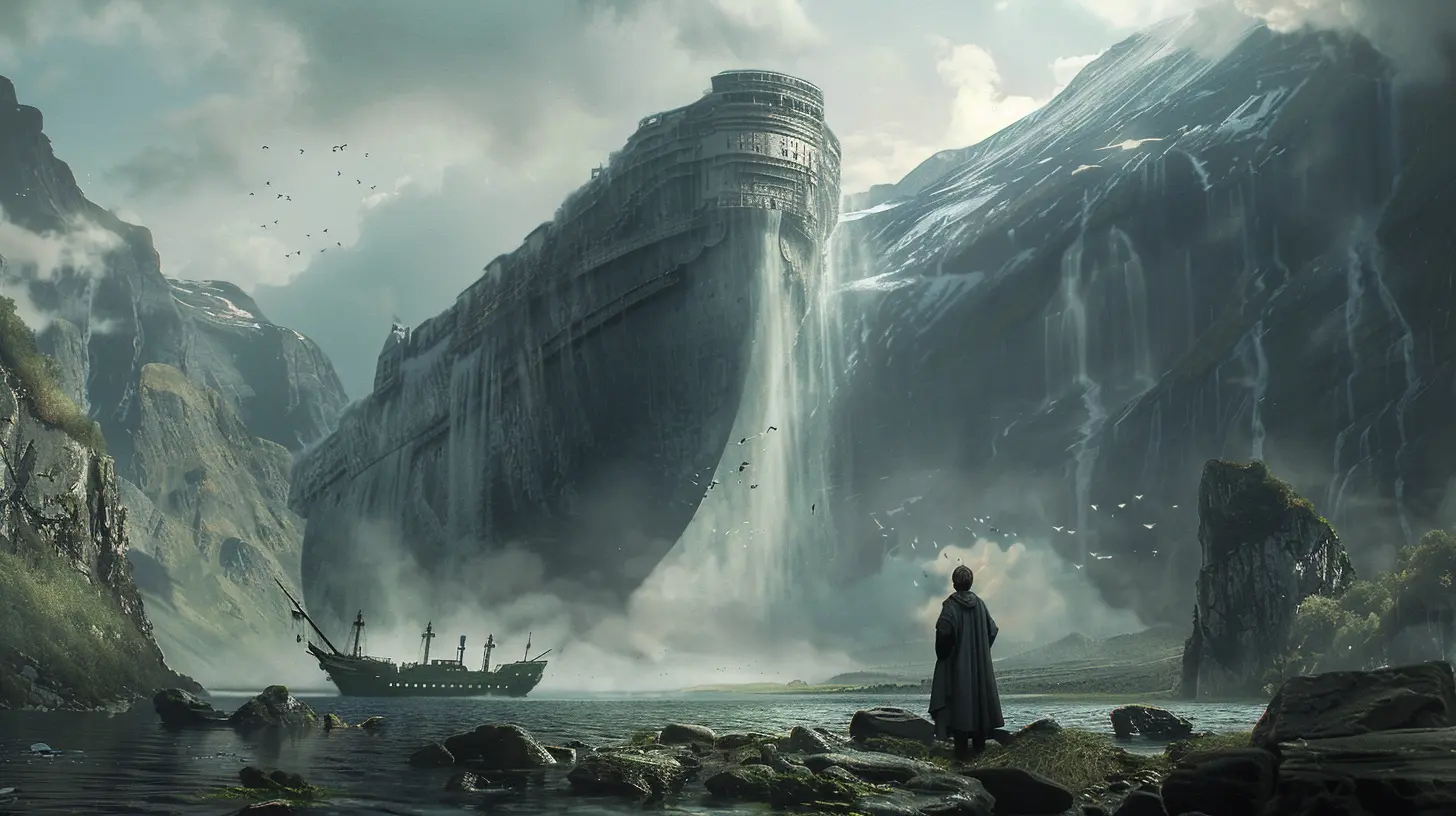How Cinematics Shape the Narrative Experience
19 August 2025
When was the last time a game made you cry? Or maybe left you speechless? Chances are, it wasn’t just the gameplay that got you—it was the cinematics. Whether you're a casual gamer or a die-hard fan, you've probably felt the emotional weight of a well-crafted cutscene. In fact, cinematics are doing way more than just bridging gameplay—they're crafting the soul of the story.
So, grab your favorite headset and settle in. We’re diving deep into how cinematics shape the narrative experience in video games—and why they matter more than ever.
What Are Cinematics in Games?
Let’s kick off with the basics. Cinematics (also called cutscenes) are those scripted moments in games where you’re not in control. You might be watching a heartfelt goodbye, a dramatic reveal, or a bombastic battle. These scenes use camera angles, voice acting, music, and animation—much like a movie does—to deliver parts of the story.But hold up—if games are supposed to be interactive, why do developers intentionally take control away from us? The answer is simple: impact. Cinematics let creators deliver narrative beats with precision and style, ensuring players feel what they’re supposed to feel at just the right time.
Why Cinematics Matter in Modern Storytelling
In the past, video game stories were mostly built through dialogue boxes and a sprinkle of pixels. Think early Zelda games or anything on the NES. Fast-forward to now, and you’ve got sprawling epics like The Last of Us or God of War, where the line between game and film is practically invisible.So, why the shift?
Because we crave emotional connection. And cinematics? They’re the emotional glue. It's like the difference between reading a character’s diary and watching them fall apart in front of you. One tells you what happened. The other makes you feel it.
Emotion Through Expression
Video game characters are no longer silent heroes or pixel blobs. Thanks to advancements in animation and motion capture, they now emote with such raw authenticity that it can hurt. And guess what—cinematics are where these emotions bloom.Take Arthur Morgan in Red Dead Redemption 2. His slow transformation from outlaw to reluctant hero isn’t just told through missions—it’s shown in cutscenes where he questions loyalty, reflects on death, and wrestles with guilt. You see the change, not just play through it.
These moments are where the emotional core lives. They're what stick with you long after the credits roll.
Pacing the Story Right
Let’s talk pacing. Games are naturally chaotic. Players can explore, grind, or just goof around for hours. That freedom? It’s awesome—but it can really mess with your story’s timing.Cinematics give developers a tool to pace the story, anchoring key moments. They’re like chapter breaks in a book. After an intense boss fight or a major discovery, a cinematic can step in, tighten the narrative threads and pull you deeper into the plot.
It’s controlled storytelling in an otherwise unpredictable world.
Creating Memorable Moments
We all have that one scene that lives rent-free in our heads. Maybe it's the fall of Aerith in Final Fantasy VII. Or the “Would you kindly” twist in BioShock. Or Joel’s desperate escape in the opening of The Last of Us.What do all of these have in common?
They were delivered through cinematics.
Why? Because these moments required finesse. The right music. A precise camera shot. Silent pauses. Things you can’t always guarantee in regular gameplay. Cinematics let developers craft unforgettable experiences—frame by frame—just like movies do.
Giving Characters Room to Breathe
In gameplay, there are objectives: kill the bad guy, loot the chest, capture the flag. It's fast-paced and goal-driven. But real character development? That takes a pause.Cinematics provide that pause.
They give characters time to talk, reflect, confront their demons, or confess their love. These scenes humanize them, turning them from tools of gameplay into people we care about.
Think about Kratos and Atreus in God of War (2018). Their father-son journey grows in quiet cinematic moments—those small, emotionally-rich scenes that make their struggles feel real.
The Power of Voice Acting and Facial Capture
Let’s not overlook the tech side. Advances in voice acting and facial capture have taken cinematics to a whole new level. Now, developers can capture every smirk, sigh, and side-eye to deliver top-tier storytelling.These performances rival Hollywood. Seriously.
When you hear Ellie sob or see Geralt’s weary eyes, it's not just good animation—it’s performance art. Delivered straight through cinematic scenes, it’s what gives these characters life and soul.
Interactivity vs. Passivity: Finding the Sweet Spot
Here’s a common gripe: “Why am I just watching instead of playing?” It's a fair question. The best games strike a balance between interactive storytelling and passive cinematics.Some titles blend the two seamlessly—like Heavy Rain or Detroit: Become Human—where your choices still shape the outcome of cinematic scenes. Others, like Metal Gear Solid, famously rely on long cutscenes, which some love and some...well, not so much.
But when done right? Cinematics don’t take away from the player—they reward them. They’re the payoff after a big battle. The dramatic beat after hours of gameplay. They’re not a break—they’re the climax.
World-Building Through Visual Storytelling
Let’s not forget how cinematics help sell the world itself. A single sweeping shot of a war-torn city or a starship sailing through galaxies can say more than a thousand lines of dialogue.These visuals immerse us.
They show the rules of the universe, the vibe of a faction, the terror of a looming threat. And they do it instantly. No exposition required. It's all in the cinematography, the lighting, the details.
In games like Horizon Zero Dawn or Mass Effect, this kind of visual storytelling is key. It gives players a front-row seat to the lore, without needing to read a dozen in-game books.
Setting Tone and Atmosphere
Mood matters. Whether it's horror, comedy, or epic fantasy, setting the tone is everything. And cinematics? They’re your mood-setters.They use musical cues, lighting, and pacing to influence how you feel. A slow pan across a silent battlefield says “tragedy” before a single word is spoken. A quick zoom and punchy soundtrack scream “action’s coming.”
Atmosphere is half the experience, and cinematic scenes are crafted to dial it up to eleven.
Evolving with Player Input
It’s not all one-way though. Cinematics are evolving. Thanks to dynamic storytelling and AI scripting, some games tailor cutscenes based on your decisions.Telltale's The Walking Dead and games like Until Dawn or Cyberpunk 2077 change scenes based on your past choices. That means your version of the story—and its key cinematic moments—might be completely different from someone else’s.
Talk about personal!
Are Cinematics Always the Right Tool?
Let’s be real—not every game needs heavy-duty cinematics. Some indie gems tell powerful stories with minimalism—like Celeste or Hollow Knight. These games lean on gameplay and subtle storytelling rather than big cinematic showcases.And that’s okay.
Different genres, different goals. What works for a narrative-driven RPG might not fit a high-speed roguelike. The key is doing what serves the story best.
But when your goal is emotional depth, plot twists, and world-building? Cinematics are your best friend.
The Future of Cinematics in Gaming
So, where do cinematics go from here?We’re already seeing real-time rendering, branching storylines, and ultra-detailed performance capture. With advancements in VR and AR, the next generation of cinematics might not just be watched—but experienced.
Imagine being inside the cutscene—walking around it, choosing where to look, influencing it in real time. That’s where we’re headed.
And it’s going to be wild.
Wrapping It Up
Cinematics aren't just fancy flourishes—they're foundational to how we experience stories in games. They build emotion, deepen characters, control pacing, and etch unforgettable moments into our memory.Sure, some folks still prefer uninterrupted gameplay, and that’s valid. But for the growing number of players who care about narrative, immersion, and emotional resonance, great cinematics are non-negotiable.
They don’t take away your control—they give you meaning.
So next time you boot up your favorite game and a cutscene starts rolling, lean in. Watch closely. Because that's not just a break—it's the heart of the story beating in real time.
all images in this post were generated using AI tools
Category:
Game NarrativesAuthor:

Greyson McVeigh
Discussion
rate this article
1 comments
Zain Miller
Cinematics enrich our gaming journeys, immersing us in stories that inspire and connect us. Game on!
September 23, 2025 at 4:02 AM

Greyson McVeigh
Absolutely! Cinematics enhance storytelling in games, deepening emotional engagement and creating memorable experiences that resonate with players. Game on indeed!


